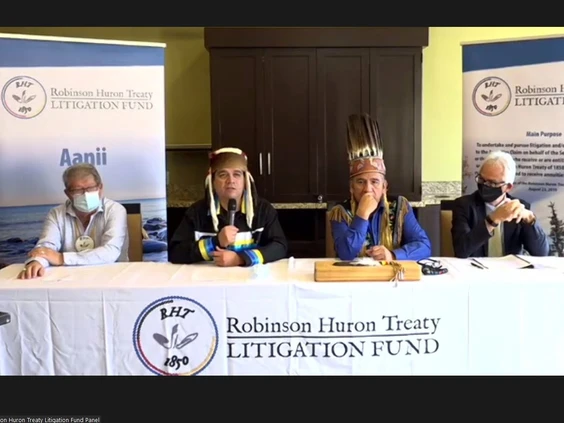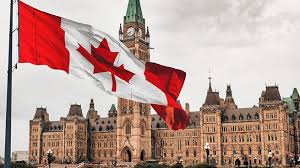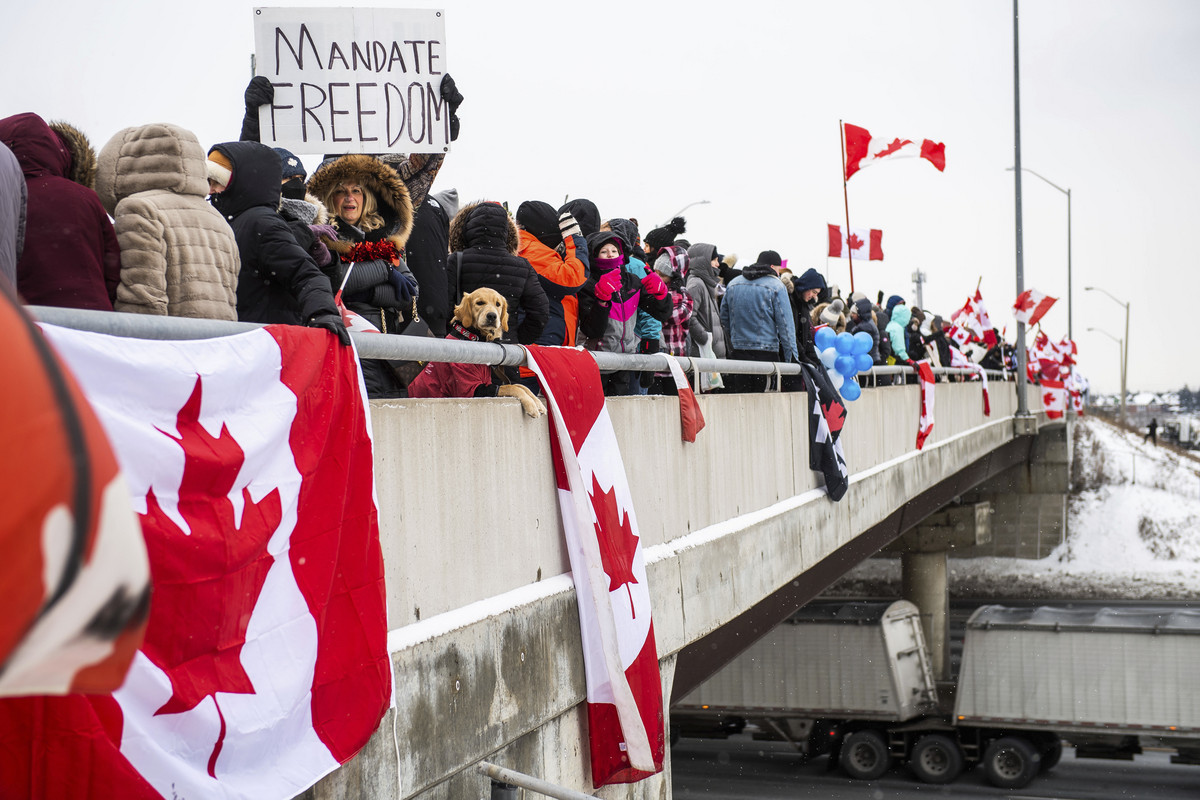In a landmark development, Canada and the province of Ontario have achieved a historic breakthrough by reaching a proposed treaty settlement with First Nations communities. This monumental agreement, valued at a staggering $10 billion, marks a significant step towards rectifying historical injustices and fostering reconciliation with Indigenous peoples. In this article, we delve into the details of this groundbreaking settlement, exploring its implications and the path it paves for a brighter future.
Background
For far too long, Indigenous communities in Canada have endured the painful legacy of colonization, assimilation policies, and systemic discrimination. These injustices have perpetuated a cycle of socioeconomic disparities, cultural erosion, and broken promises. Recognizing the urgent need for reconciliation, the Canadian government and the province of Ontario have embarked on a journey to right these wrongs.
The Proposed Settlement
The $10 billion proposed settlement represents an unprecedented commitment by Canada and Ontario to address the historic grievances of First Nations communities. This substantial financial investment aims to rectify the socio-economic disparities and promote the self-determination and well-being of Indigenous peoples. The proposed settlement encompasses various key areas, including:
1. Land and Resource Management
Under the proposed agreement, significant efforts will be made to enhance land and resource management practices in collaboration with First Nations. This entails empowering Indigenous communities to actively participate in decision-making processes regarding land use, resource allocation, and environmental stewardship. By recognizing and respecting their inherent rights, this settlement fosters a more inclusive and sustainable approach to resource management.
2. Education and Cultural Revitalization
Investing in the education and cultural revitalization of Indigenous peoples is paramount to this proposed settlement. A substantial portion of the allocated funds will be dedicated to improving educational infrastructure, enhancing curriculum content, and supporting cultural programs within First Nations communities. By nurturing the cultural heritage and empowering the younger generation, this investment aims to bridge the education gap and preserve Indigenous traditions for future generations.
3. Healthcare and Social Services
Acknowledging the disparities in healthcare and social services, the proposed settlement allocates significant funding to address these critical areas. By improving access to quality healthcare, mental health support, and social services, this agreement aims to uplift the well-being of Indigenous communities. It strives to close the gap in health outcomes, ensuring that all individuals have equal access to essential services.
4. Economic Development and Employment Opportunities
Recognizing the need for economic empowerment, the proposed settlement aims to foster sustainable economic development within First Nations communities. Through targeted investments in entrepreneurship, infrastructure development, and job creation, this agreement seeks to provide Indigenous peoples with greater economic opportunities. By nurturing a supportive environment for business growth and innovation, the settlement aims to create a more prosperous and self-sufficient future.
Implications and Future Prospects
The proposed $10 billion settlement represents a significant milestone in Canada’s journey towards reconciliation and healing with Indigenous peoples. This groundbreaking agreement has the potential to not only address historical injustices but also lay the foundation for a more equitable and inclusive society. Its implications are far-reaching, impacting various aspects of Indigenous life, including land rights, education, healthcare, and economic prospects.
This proposed settlement sends a powerful message of commitment from the Canadian government and the province of Ontario, signaling their dedication to rectifying past wrongs and forging a new path forward. It serves as a catalyst for fostering meaningful partnerships between Indigenous communities and government entities, encouraging collaboration, and amplifying the voices of Indigenous peoples in decision-making processes.
With this historic agreement, Canada and Ontario aim to set a precedent for other provinces and territories, inspiring them to embark on similar journeys towards reconciliation. By recognizing the importance of addressing the grievances of Indigenous peoples, this proposed settlement serves as a beacon of hope, fostering trust and paving the way for a more inclusive and harmonious society.










